One billion people across the globe suffer from migraines, according to the Migraine Research Foundation. While migraines aren’t a specific oral disease, they appear to be related to tooth pain and certain conditions causing oral or facial pain.
Learn what exactly a migraine is, what conditions might be related to the disorder, and who you should talk to if you start experiencing pain above your neck.
What’s a Migraine?
The Migraine Research Foundation emphasizes that a migraine is more than a powerful headache – it’s a debilitating neurological disorder. In fact, a headache is only a symptom of a migraine, which can result in acute pain throbbing on either or both sides of your head. Some people, though, don’t get a headache but only experience migraine’s other symptoms.
Chronic migraine sufferers can:
- Experience nausea, dizziness, vomiting, facial tingling or numbness, and sensitivity to light and sound during an episode – which might last for four hours to as long as three days
- Have up to 15 days per month marred by a migraine
- Miss multiple days of work or school
- Increase the risk of other conditions such as depression and anxiety
Many factors can trigger a migraine, including lifestyle and environmental factors, weather, hormones, and medications.
What’s the Migraine-Tooth Pain Connection?
Orofacial refers to your head (face, jaw, etc.), neck, and oral cavity (teeth, gums, etc.). The following orofacial conditions share certain migraine triggers, such as stress. Plus, the American Migraine Foundation notes that certain orofacial conditions can intensify migraines, and you might mistake migraine pain for dental pain.
Temporomandibular Joint Disorder (TMJ)
TMJ, or temporomandibular joint disorder, results when the modified ball-and-socket joint connecting your upper and lower jaw doesn’t function correctly. The joint’s main purpose is to move the lower jaw in three directions: forward, backward, and side-to-side. TMJ can feel as though your jaw clicks and pops or as if it becomes momentarily stuck.
TMJ symptoms include:
- Severe headaches or migraines
- Clicking or popping sounds
- Tender jaw muscles
- Earaches and toothaches
Your dentist can diagnose TMJ and offer solutions for jaw pain. Reducing symptoms related to muscle tension can alleviate the accompanying headache you might have. Other ways to relieve or cope with TMJ pain include avoiding excess chewing (such as chewing gum), making time for regular exercise, and massaging your jaw.
Teeth Grinding and Clenching
You might experience bruxism, the act of grinding or clenching your teeth, only while asleep or perhaps throughout the day. Bruxism can be caused by stress, misaligned teeth, or nerve and muscle diseases in the face.
Bruxism symptoms can include:
- Morning headaches
- Migraines
- Grinding sounds at night
- Tight jaw muscles
- Cracked or damaged teeth, leading to tooth pain
If you experience any symptoms, it’s important to see your dentist for an accurate diagnosis. For dental-related bruxism, your dentist can correct your alignment or fit you with an anti-grinding mouthguard. Stress-related bruxism can be managed through professional counseling, relaxation techniques, or prescription medication. Dr. Dennison, notes that children often outgrow teeth grinding. If they do not, other treatment options to consider include behavior changes, biofeedback (a technique that monitors muscle activity), and even Botox injections.
Toothaches
If the pain and stress of a toothache are severe enough, migraines might result. Also, as noted earlier, migraines might cause dental pain. This is due to a nerve injury related to both conditions.
If the cause of head pain stems from a cavity or gum issue, a dentist can help. However, if the dentist finds no tooth decay or gum disease, they can refer you to a neurologist to determine if you have migraines.
Tooth pain, jaw pain, headaches, or any facial pain might occur in conjunction with a migraine. Whatever is causing the pain, you shouldn’t just live with it. Talk to your dentist first to see if it’s an oral problem. Your dental professional can either treat the pain or recommend a medical consultation. We want whatever is best for you to feel better and for you to smile more.

